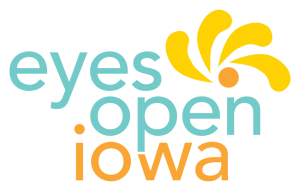Virtual Professional Development is a simulated classroom where teachers can practice teaching student avatars using short scenarios and support from an instructional coach, so they can quickly learn and master the skills they most need to be effective. With upper elementary, middle and high school classrooms, Virtual PD has scenarios for teachers of all grade levels across a wide range of topics aligned with the Professional Learning Standards for Sex Education (PLSSE). You can watch the video here (link is external) to learn more about Virtual PD.
Using the Virtual Professional Development classroom simulator, the educator will practice implementing Student Centered Learning When Teaching Sex Education with the student avatars. In this scenario, the educator will be modifying an activity that teaches their students how to use condoms correctly for varying learning styles. Participants are encouraged to stretch to use a learning style different from those they are personally strong at. Key content and ideas for adaptations are included in the short video educators should watch prior to the simulation so they can be prepared to use their adaptations.



